Merken Spice: The Fiery Secret of Chilean Cuisine – 7 Ways to Use the Smoky Heat Bomb
If you're a lover of all things spicy and smoky, prepare yourself for your new favorite ingredient: merken spice. This vibrant red powder is not just any chili blend — it's a culinary treasure from southern Chile, packed with centuries of Mapuche tradition, bold flavor, and an earthy kick that can elevate everything from grilled meats to potato chips.
Table of Contents
- What Is Merken Spice?
- Flavor Profile of Merken
- Common Uses in Chilean and Global Cuisines
- How to Use Merken in Your Kitchen
- Buying Guide: Where to Find & How to Choose Quality Merken
- Best Merken Substitutes When You Can't Find It
- How to Make Homemade Merken Powder
- Health Benefits of Merken Spice
- Conclusion: Spice Up Your Life with Merken!
What Is Merken Spice?
Originating from the indigenous Mapuche people of southern Chile, merken (pronounced mer-KEN) is a traditional spice made by grinding together smoked ají cacho de cabra chilies (which translates to 'goat horn chili'), salt, and sometimes coriander seeds or other local herbs. It’s more than a condiment; it’s a symbol of cultural pride and heritage in Chilean cooking.
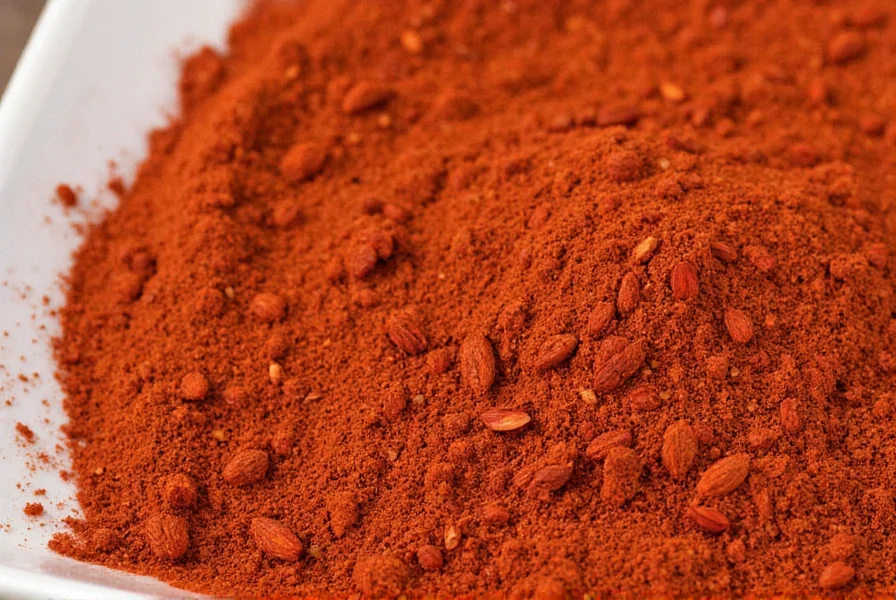
The key ingredient — ají cacho de cabra — is sun-dried and smoked over wood fires before being ground into a coarse, aromatic powder. The smoking process gives merken its signature campfire-kissed character, which sets it apart from other chili powders around the world.
Flavor Profile of Merken
If paprika and chipotle had a baby, it would probably taste a lot like merken. Here's what you’ll experience when you take a sniff or sprinkle some on food:
- Smoky: That classic campfire aroma comes from the slow-smoked chilies.
- Mild to Medium Heat: While it brings the fire, merken isn’t overly spicy — usually rated between 10,000–30,000 SHU (Scoville Heat Units).
- Earthy & Nutty: Especially when coriander is included, it adds a subtle herbal backbone.
- Slightly Sweet: The dried peppers have a natural sweetness that shines through after smoking.
| Characteristic | Description |
|---|---|
| Heat Level | Mild to medium (10k–30k SHU) |
| Color | Bright red to orange-red |
| Aroma | Smoky, woody, slightly sweet |
| Primary Taste | Smoky, earthy, mildly spicy |
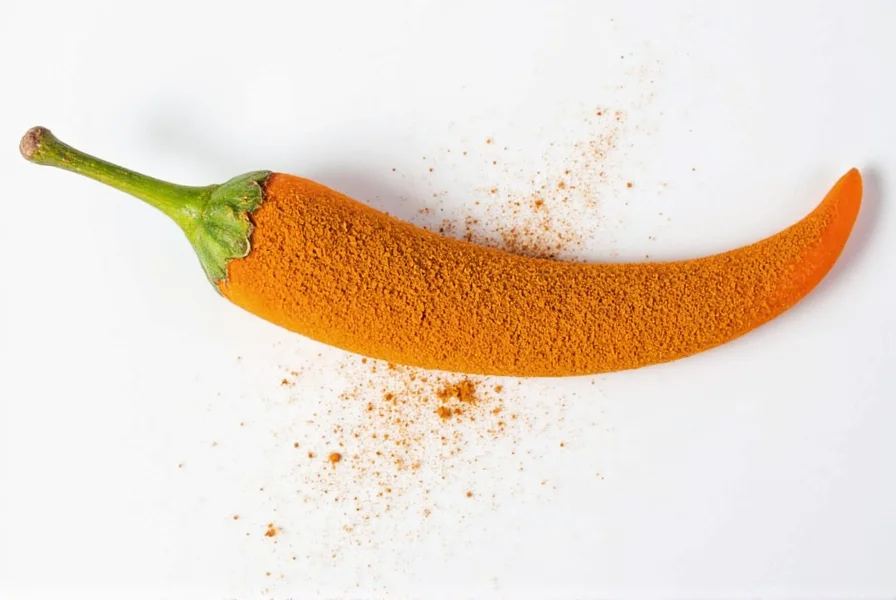
Common Uses in Chilean and Global Cuisines
In Chile, merken isn’t just a seasoning — it’s a way of life. It appears in everything from stews to salads, grilled fish to empanadas. But thanks to globalization and rising interest in regional spices, chefs and home cooks around the world are discovering its potential.
Here’s how merken is used traditionally and creatively:
- Pebre: Chile’s answer to salsa or chimichurri — a fresh herb sauce often spiced up with merken.
- Grilled Meats: A rub for lamb, beef, or chicken to add a South American twist.
- Potatoes: Sprinkled on roasted or mashed potatoes for instant flavor boost.
- Cheese & Charcuterie: Adds a rustic, smoky punch to cheese boards.
- Popcorn: Toss freshly popped kernels with melted butter and a dusting of merken.
- Seafood: Lightly seasoned on ceviche or grilled octopus for a complex heat.
- Marinades: Mixed into olive oil and citrus for zesty marinades.
How to Use Merken in Your Kitchen
Whether you're a chef or a casual cook, there are endless ways to bring merken into your meals. Here are 7 easy yet impactful methods:
- As a Dry Rub: Mix with garlic powder, salt, and olive oil for a killer steak or salmon rub.
- In Salad Dressings: Add a pinch to vinaigrettes for a smoky layer beneath tangy flavors.
- On Eggs: Sprinkle on scrambled eggs or avocado toast for a breakfast upgrade.
- In Dips: Stir into hummus, guacamole, or yogurt sauces for a flavorful twist.
- With Butter: Blend softened butter with merken and spread it on cornbread or crusty bread.
- For Grains: Season quinoa, couscous, or rice with merken and lime juice for a side dish with flair.
- In Cocktails: Rim your Bloody Mary glass with merken for a smoky-spicy edge.
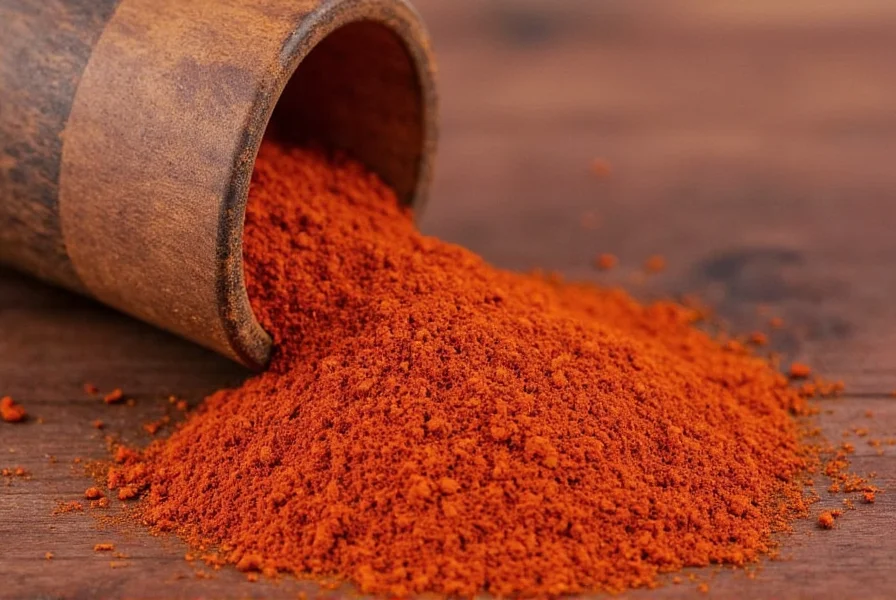
Buying Guide: Where to Find & How to Choose Quality Merken
Ready to buy merken? Here’s how to find the real deal and avoid imposters:
Where to Buy Merken
- Specialty Latin Stores: Look under brands like La Flor or Tierra Mapuche.
- Online Retailers: Amazon, Kalustyans, and specialty spice shops offer imported merken.
- Gourmet Markets: High-end grocery stores with global spice sections may carry authentic merken.
- Local Chilean Importers: If you live near a large city with Latin communities, ask at local delis or bodegas.
What to Look For
| Factor | Good | Bad |
|---|---|---|
| Ingredients | Dried ají cacho de cabra, salt, maybe coriander | Fillers like flour or starches |
| Smell | Smoky, earthy, aromatic | Dull, dusty, or artificial scent |
| Texture | Fine to coarse powder without clumps | Lumpy or overly compacted |
| Packaging | Airtight, sealed pouch or jar | Loose, exposed to air/light |
Top Merken Brands to Consider
- Tierra Mapuche Merken: Ethically sourced, rich in smoky aroma, traditional blend.
- La Flor Merken: Consistent quality, widely available, great for everyday use.
- Mapu Merken: Organic, small-batch production, perfect for gourmet kitchens.
- Mercado Andino Merken: Imported directly from Chile, excellent value for the quality.
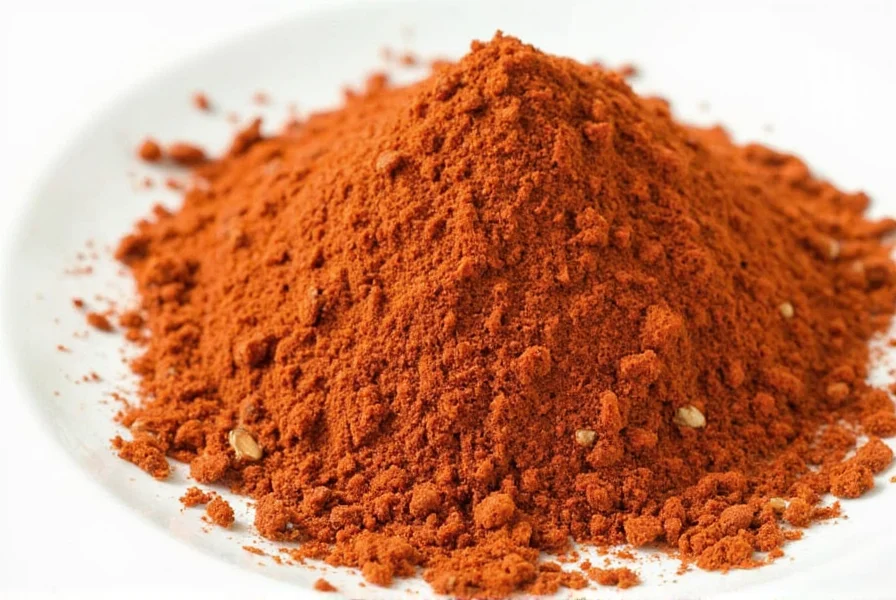
Best Merken Substitutes When You Can't Find It
If merken isn't in your pantry (yet), here are the best substitutes based on what you’re trying to achieve:
| Substitute | When to Use | Notes |
|---|---|---|
| Smoked Paprika + Crushed Red Pepper | Want that smoky-spicy combo but don’t need authenticity | Mix 2 parts paprika with 1 part crushed red pepper |
| Chipotle Powder | You want strong smoke and mild heat | Slightly different flavor but close in intensity |
| Pimentón de la Vera (Smoked Spanish Paprika) | Need a milder, sweeter alternative | Very smoky, low heat — adjust with chili flakes |
| Ancho Chili Powder + Smoked Salt | You want homemade-style flexibility | Add ½ tsp smoked salt per tbsp chili powder |
| Gochugaru (Korean Chili Flakes) + Smoke Flavor | Looking for both heat and charred notes | Not identical, but interesting fusion option |
How to Make Homemade Merken Powder
If you love DIY spice blends and can get your hands on some dried goat horn chilies (or suitable substitutes), try making your own merken. Here’s a simple version you can do at home:
DIY Merken Recipe
- Ingredients:
- 5–6 dried ají cacho de cabra, or substitute with guajillo or pasilla chilies
- 1 tbsp sea salt
- 1 tsp toasted coriander seeds (optional)
- Instructions:
- Preheat oven to 200°F (95°C). Lay chilies flat on baking sheet.
- Smoke the chilies using a handheld smoker or place them in a covered container with hot coals and wood chips for 30–45 minutes.
- Once smoked and cooled, remove stems and seeds if desired (for less heat).
- Roughly chop the chilies and place in a blender or spice grinder.
- Add salt and coriander seeds (if using), then grind into a fine powder.
- Store in an airtight jar away from light and moisture.
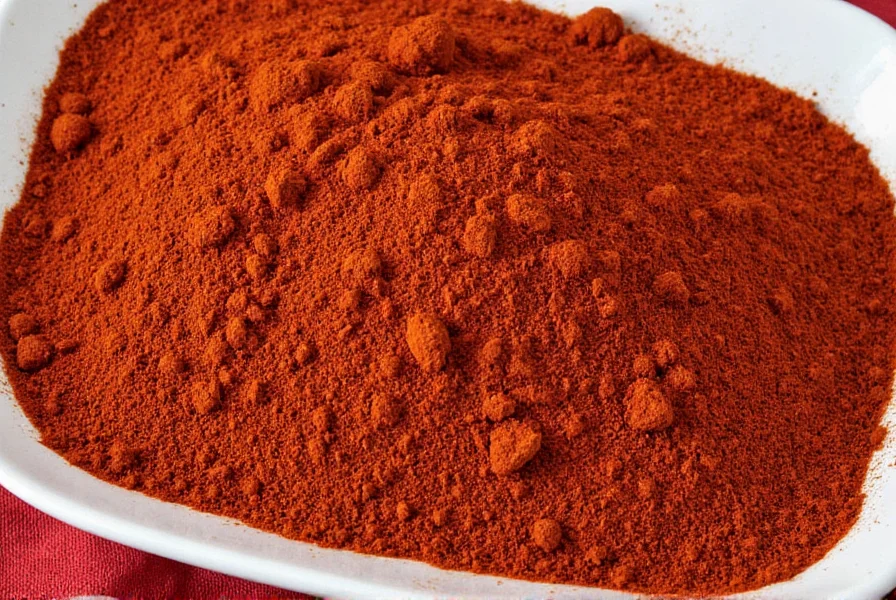
Health Benefits of Merken Spice
Beyond flavor, merken offers several health perks due to its chili base and coriander additions:
- Rich in Antioxidants: Chilies contain capsaicin, which has anti-inflammatory properties.
- Boosts Metabolism: Capsaicin can help increase thermogenesis, aiding digestion and fat burning.
- Natural Preservative: Its antimicrobial properties help keep food fresher longer.
- Supports Heart Health: Coriander in some blends may help lower cholesterol levels.
- Low Calorie, Big Flavor: Perfect for adding flavor without extra sodium or sugar.
Conclusion: Spice Up Your Life with Merken!
Merken isn’t just another chili powder — it’s a window into Chilean culture and a versatile tool in any kitchen. Whether you’re grilling up summer feasts, spicing up your weekday dinner, or exploring global cuisines, merken delivers a uniquely smoky, slightly sweet, and satisfyingly spicy punch.
So next time you're looking to level up your spice game, give merken a try. Hunt down a quality brand, experiment with recipes, or make your own custom batch. Once you’ve tasted this Chilean gem, you’ll wonder how you ever cooked without it.
Now go ahead — grab that jar, sprinkle it on something delicious, and enjoy the fire in every bite!










 浙公网安备
33010002000092号
浙公网安备
33010002000092号 浙B2-20120091-4
浙B2-20120091-4